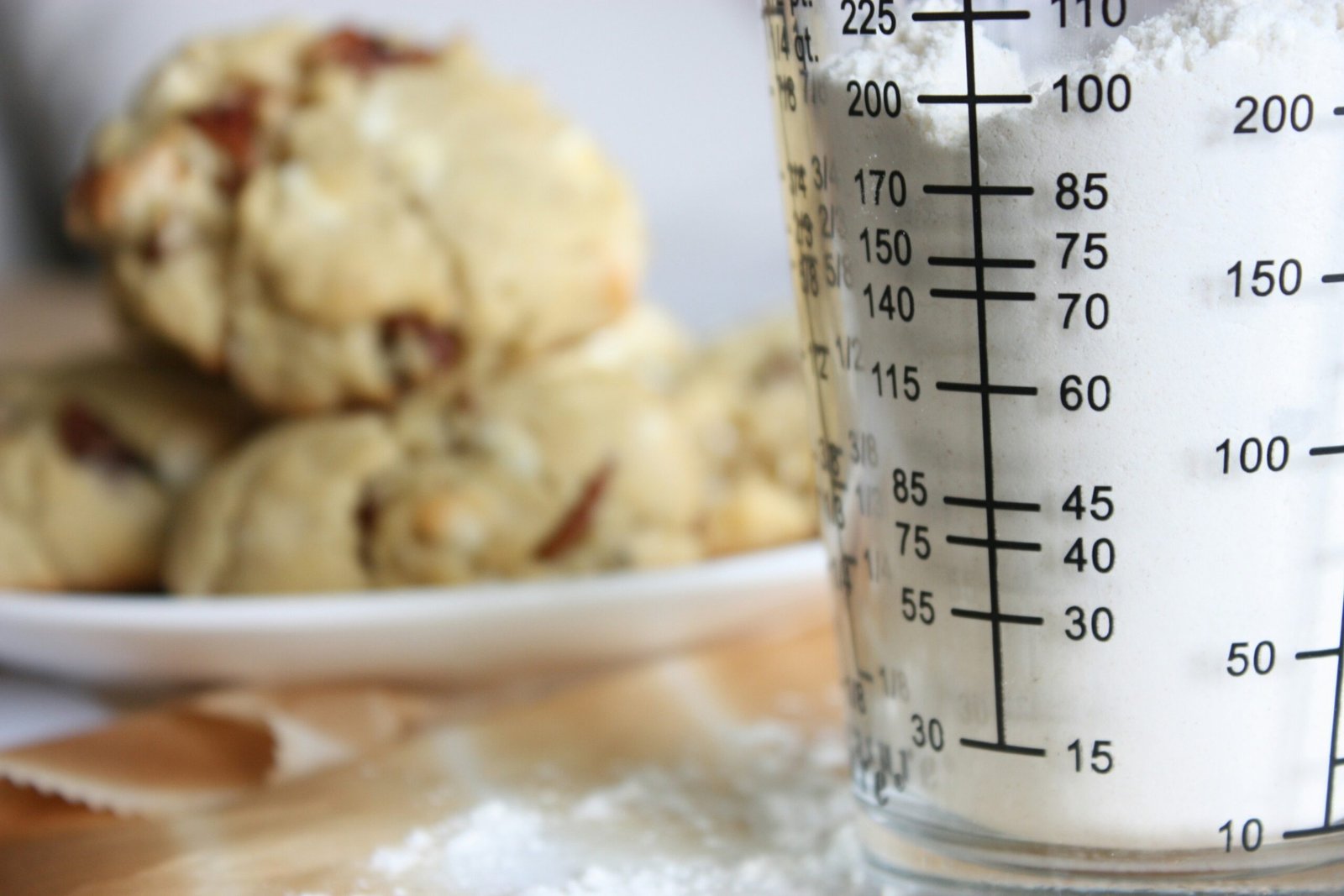Hey there! So, you're probably wondering about the pesky foods that can trigger gout, right? Well, in this article, we've got all the deets on the top 10 culprits that can worsen gout symptoms. Whether you're a gout sufferer looking to manage your diet or just curious about which foods to avoid, we've got you covered. So, let's dive in and discover how to keep gout at bay by steering clear of these trigger foods.

Understanding Gout
Gout is a form of arthritis that occurs when there is an excessive buildup of uric acid in the body, leading to the formation of sharp crystals in the joints. This condition typically affects the joints in the toes, ankles, knees, and wrists, causing severe pain, swelling, and inflammation. It is important to understand the causes, symptoms, and available treatments for gout in order to effectively manage and prevent its occurrence.
Definition of Gout
Gout is a type of inflammatory arthritis that is characterized by sudden and intense joint pain. It occurs when there are high levels of uric acid in the blood, leading to the formation of urate crystals in the joints. These crystals cause inflammation, resulting in the characteristic symptoms of gout, such as redness, swelling, heat, and severe pain in the affected joints.
Causes of Gout
The primary cause of gout is an elevated level of uric acid in the blood, known as hyperuricemia. Uric acid is a waste product that is produced when the body breaks down purines, which are naturally occurring substances found in certain foods and drinks. When the body produces excessive amounts of uric acid or is unable to effectively eliminate it, it can lead to the accumulation of urate crystals in the joints, triggering gout attacks.
Symptoms of Gout
Gout attacks typically come on suddenly and often occur at night. The most common symptom is intense pain in the affected joint, which can be accompanied by swelling, redness, heat, and tenderness. The pain is usually so severe that even the slightest touch or movement can cause immense discomfort. Gout commonly affects the big toe, but it can also affect other joints, such as the ankles, knees, elbows, fingers, and wrists.
Treatments for Gout
There are various treatment options available for managing gout, including medications, lifestyle changes, and dietary modifications. Nonsteroidal anti-inflammatory drugs (NSAIDs) are commonly prescribed to relieve pain and reduce inflammation during acute gout attacks. In some cases, corticosteroids or colchicine may be recommended. Long-term management of gout involves medications that lower uric acid levels, such as allopurinol or febuxostat.
Gout and Diet
Diet plays a crucial role in managing and preventing gout. Certain foods and drinks can contribute to increased levels of uric acid in the body, making gout more likely to occur. By understanding which foods to avoid and how to moderate their intake, you can significantly reduce the risk of gout attacks and improve overall health.
Seafood
Types of Seafood High in Purines
Certain types of seafood are high in purines, which can increase the risk of gout. Some of the seafood highest in purines include anchovies, sardines, mackerel, herring, and shellfish such as shrimp, lobster, and crab. These foods should be consumed in moderation or avoided altogether by individuals prone to gout.
Seafood Consumption and Gout Risk
Consuming large quantities of purine-rich seafood can lead to elevated levels of uric acid in the body, increasing the likelihood of gout attacks. The body metabolizes purines into uric acid, and an excessive intake of these substances can overwhelm the body's ability to eliminate uric acid efficiently.
How to Moderate Seafood Intake
If you enjoy seafood but want to minimize the risk of gout, moderation is key. It is advisable to limit the consumption of high-purine seafood to a few times a month rather than on a daily basis. Alternatively, you can opt for low-purine seafood options such as white fish or freshwater fish like trout or catfish.
Red Meat
Types of Red Meats High in Purines
Red meats, such as beef, pork, lamb, and organ meats like liver and kidneys, contain high levels of purines. These purines can contribute to elevated uric acid levels in the body, increasing the likelihood of gout attacks.
Red Meat Consumption and Gout Risk
Regular consumption of red meat, especially in large quantities, can significantly increase the risk of developing gout. The high purine content in these meats can lead to increased production of uric acid and hinder the body's ability to excrete it effectively.
How to Moderate Red Meat Intake
To reduce the risk of gout, it is advisable to moderate the consumption of red meats. Consider substituting red meats with leaner alternatives like poultry, tofu, or legumes. Additionally, limiting portion sizes and opting for smaller cuts of meat can help prevent excessive purine intake.
Beer
Beer and its High Purine Content
Beer is known for its high purine content, specifically from the breakdown of yeast during the brewing process. Purines present in beer can contribute to increased uric acid levels in the body, making it a potential trigger for gout attacks.
Alcohol Consumption and Gout Risk
Not only does beer contain purines, but alcohol consumption, in general, can increase the risk of gout. Alcohol hinders the excretion of uric acid from the body, leading to its accumulation and potential crystallization in the joints.
How to Moderate Alcohol Intake
To manage gout effectively, it is important to moderate alcohol consumption. Limiting the intake of beer, wine, and spirits can help reduce the risk of gout attacks. Opting for non-alcoholic alternatives or cutting down on alcohol intake altogether can significantly improve gout management.

Sugary Drinks
Types of Sugary Drinks Harmful to Gout
Sugary drinks, such as soda, fruit juices high in fructose, and sweetened beverages, can be detrimental to individuals with gout. Fructose, a type of sugar commonly found in these drinks, has been linked to increased levels of uric acid in the body, making gout more likely to occur.
Sugary Drink Consumption and Gout Risk
Regular consumption of sugary drinks can contribute to elevated uric acid levels, increasing the risk of gout attacks. The excessive intake of fructose can lead to the production of purines, which are metabolized into uric acid by the body.
How to Moderate Sugary Drink Intake
To reduce the risk of gout, it is recommended to limit the consumption of sugary drinks. Opting for water, herbal tea, or unsweetened beverages can be a healthier alternative. Additionally, reducing the amount of added sugar in your diet can have numerous overall health benefits.
Organ Meats
Types of Organ Meats High in Purine
Organ meats, such as liver, kidneys, sweetbreads, and brains, are particularly high in purines. These purines can contribute to elevated levels of uric acid in the body, making organ meats a potential trigger for gout attacks.
Organ Meat Consumption and Gout Risk
Regular consumption of organ meats can significantly increase the risk of developing gout due to their high purine content. The body breaks down purines into uric acid, and excessive consumption can overwhelm the body's ability to eliminate uric acid efficiently.
How to Moderate Organ Meat Intake
To minimize the risk of gout, it is advisable to moderate the consumption of organ meats. Alternatives such as lean meats, poultry, or plant-based proteins like tofu and legumes can provide adequate nutrition without the excessive purine content.

Yeast
Yeast and its High Purine Content
Yeast itself does not contain high levels of purines; however, during the fermentation process, yeast can release purines into foods and beverages. This can be problematic for individuals with gout, as purines can contribute to increased uric acid levels.
Yeast Consumption and Gout Risk
Foods and drinks that undergo fermentation, such as bread, beer, and wine, can contain higher levels of purines due to the presence of yeast. Consuming these yeast-rich foods in excess can contribute to a higher risk of gout attacks.
Alternatives to Yeast-rich Foods
To manage gout effectively, individuals can explore alternatives to yeast-rich foods. For example, opting for yeast-free bread or pastries, non-alcoholic beverages, and choosing foods with limited fermentation can help reduce the risk of triggering gout attacks.
Asparagus, Spinach, and Cauliflower
High Purine Vegetables and Gout Risk
While vegetables are generally healthy, certain vegetables have higher purine content and can potentially increase the risk of gout. Asparagus, spinach, and cauliflower are some examples of vegetables that contain moderate levels of purines.
How to Moderate Intake of Gout-triggering Vegetables
To manage gout, it is not necessary to eliminate these vegetables entirely. Instead, it is advisable to moderate their intake. Balancing purine-rich vegetables with a variety of other low-purine vegetables can help reduce the overall risk of gout attacks.
Processed Foods
Types of Processed Foods High in Purines
Processed foods, such as hot dogs, sausages, bacon, and deli meats, often contain high levels of purines. These purine-rich processed foods can contribute to elevated uric acid levels in the body, increasing the likelihood of gout attacks.
Processed Food Consumption and Gout Risk
Regular consumption of processed foods can significantly increase the risk of developing gout due to their high purine content. Additionally, processed foods are often high in added sugars and unhealthy fats, which can further worsen gout symptoms.
How to Moderate Processed Food Intake
To reduce the risk of gout, it is essential to moderate the consumption of processed foods. Opting for whole, unprocessed foods like fruits, vegetables, lean meats, whole grains, and legumes can provide essential nutrients without the excessive purine and unhealthy additives found in processed items.
Managing Gout Through Diet
Key Elements of a Gout-friendly Diet
A gout-friendly diet focuses on minimizing the intake of purine-rich foods and drinks while emphasizing the consumption of low-purine, nutritious options. Key elements of a gout-friendly diet include incorporating plenty of fruits and vegetables, whole grains, lean proteins, low-fat dairy products, and staying hydrated.
Role of Hydration in Managing Gout
Staying adequately hydrated is crucial for managing gout. Drinking plenty of water helps flush out excess uric acid from the body, reducing the risk of crystal formation in the joints. It is recommended to consume at least 8 cups (64 ounces) of water daily. However, individual fluid requirements may vary.
Other Dietary Considerations for People with Gout
In addition to moderating the intake of purine-rich foods and staying hydrated, individuals with gout should consider maintaining a healthy body weight, avoiding crash diets, and limiting the intake of foods high in saturated fats and added sugars. Regular physical activity and consultation with a healthcare professional or registered dietitian can further support gout management efforts.
In conclusion, understanding gout, its causes, symptoms, and appropriate treatment options is crucial for managing this painful condition effectively. By making thoughtful choices in diet and lifestyle, individuals can minimize the risk of gout attacks and lead a healthier, more fulfilling life. Remember, moderation and balance are key when it comes to enjoying foods that can potentially trigger gout. Always consult with a healthcare professional or registered dietitian for personalized advice and guidance on managing gout through diet.